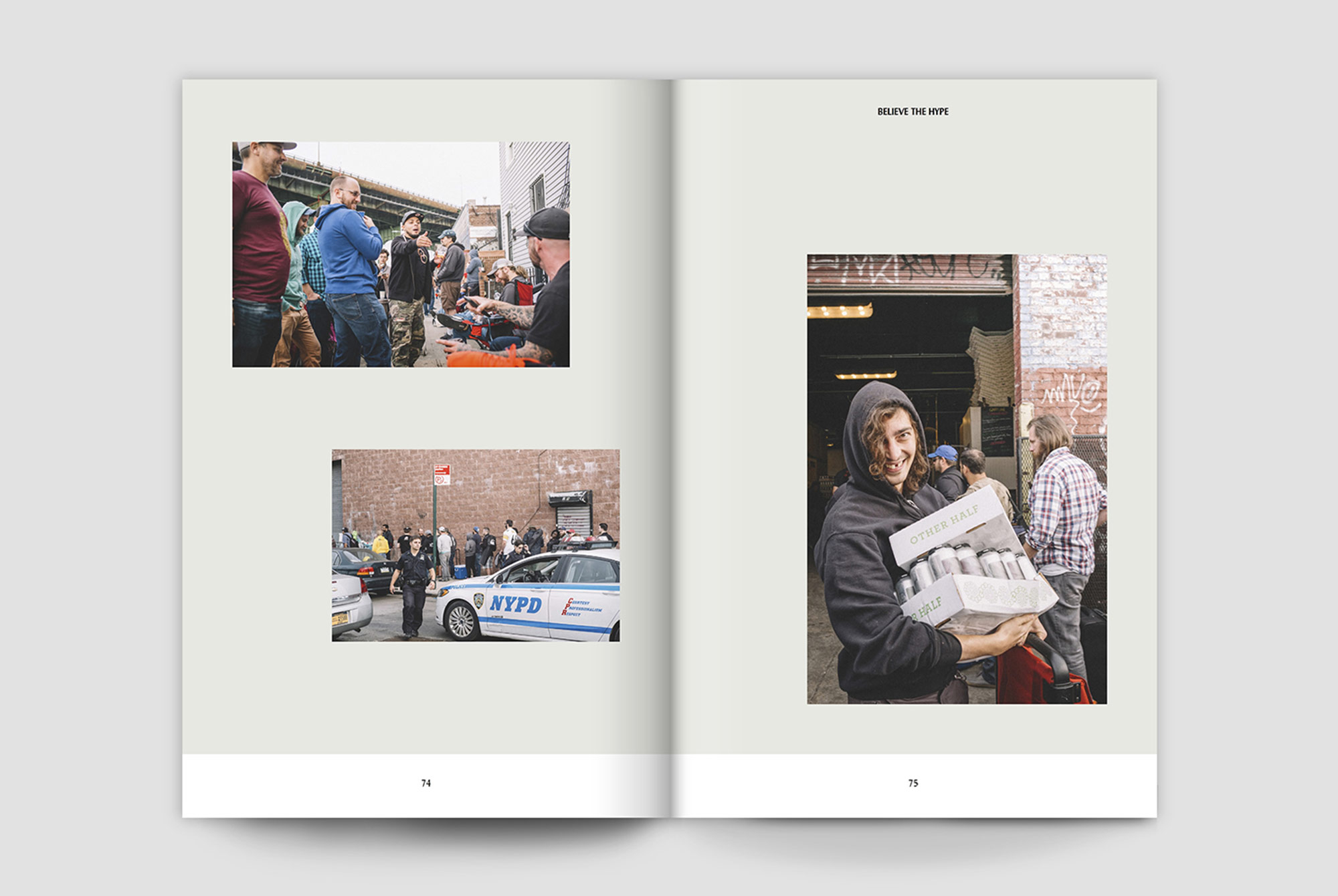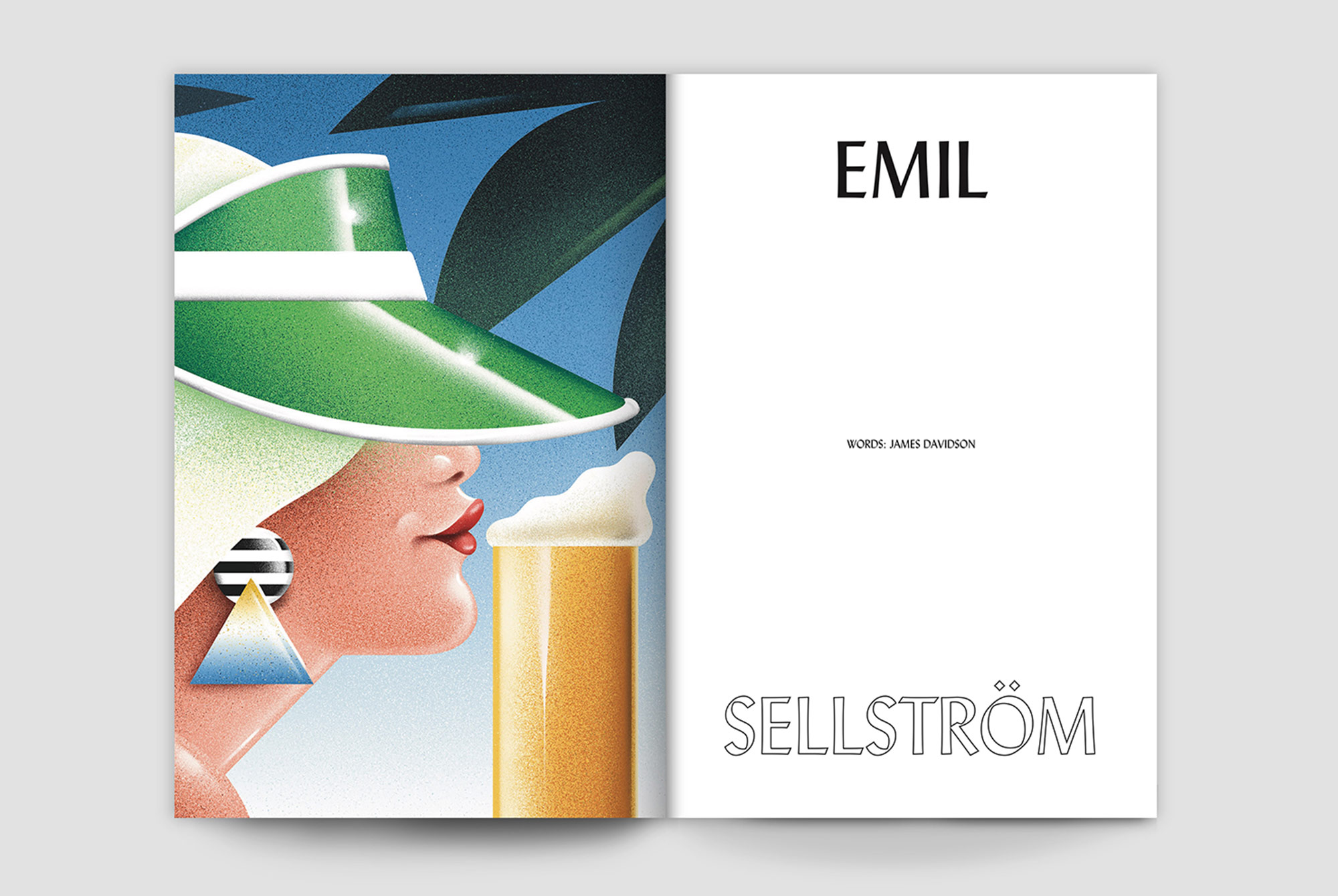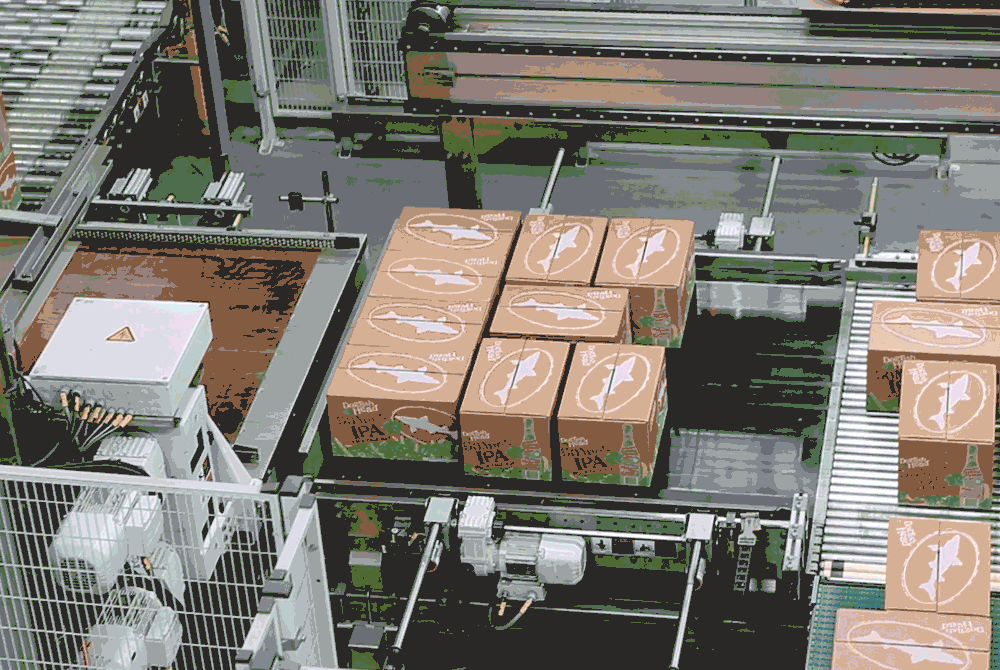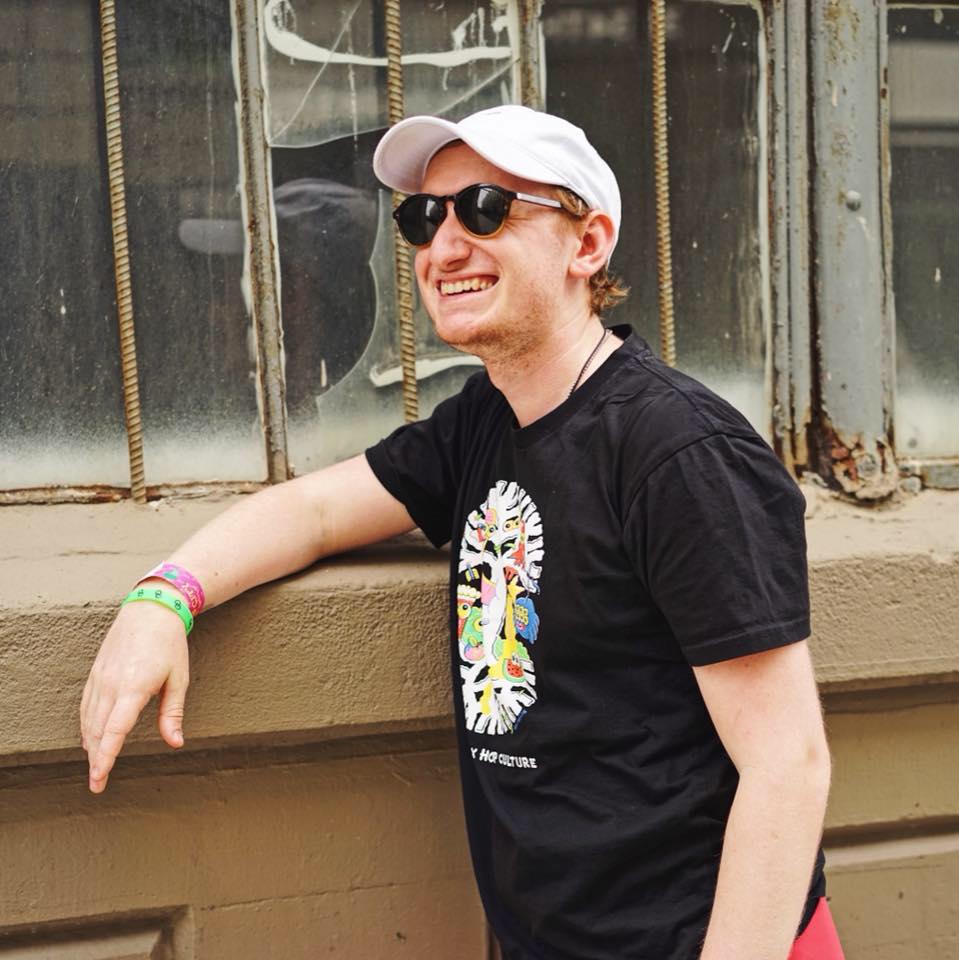Shop
Caña Magazine Weaves Together Beer and Art
A beautiful print magazine we can't wait to read.
Despite the ease and accessibility of online magazines and e-readers, there are still those die-hards who prefer holding the real thing — a book, a comic, the latest issue of a magazine, a piece of art. Think of those Pallet readers with nothing to put on their coffee table. James Davidson is hoping to find those people.
Davidson, along with business partner John Wilson, recently founded Caña Magazine, a beautiful print publication that celebrates beer, art, and journalism. Davidson has a long track record, having written for several digital and print publications all over the world and being the current founder/editor-in-chief of We Heart. Currently, Davidson and Wilson are crowdfunding Caña for a launch slated for this December.
It’s hard and expensive to launch a magazine — we know this well at Hop Culture. And it’s all the more so for a print publication. But Davidson is adamant that nothing replaces the thrill of holding a beautifully designed magazine in your hands. The art is crisper. The words pop off the page. It feels more real. With Caña, Davidson hopes to share this passion of his with equally passionate readers.

John Paradiso: In an age when almost everyone is going digital why go print? What are the benefits of printing out a physical magazine?
James Davidson: I’ve been doing digital for so, so long, but nothing has ever competed with the tactility of beautiful print. The recent resurgence of independent print publishing has been such a great thing to watch — I think people want an excuse to disconnect. A nicely sized magazine can slip into your laptop bag and be read on the commute, over coffee, in a bar after work…and of course great photography and breathtaking illustration never looks nearly as good on the screen as it does in print. It’s about reconnecting to those values, of quality over quantity, of being able to write pieces that have lasting value and haven’t been compromised with clicks in mind.
JP: What do you think about the state of beer journalism? In what ways will Caña build on that?
JD: There’s some great stuff out there — when I look at what you’re doing, what Good Beer Hunting are doing…I don’t think there’s a need to build upon that. Of course we want to give a platform to beer writers to educate and inspire Caña readers, but what I think we can do differently is deliver pieces that talk about the joy of drinking, the experiences, and the culture that surrounds beer outside the technicalities of what you’re drinking.
There’s become such a crossover between beer and creativity, with so many breweries collaborating with artists. I want for us to become a real voice for that side of things. I don’t want to describe a nice label design, or reveal the artist behind it. I want to get into the head of that artist; where their inspirations come from, what goes on in their lives away from beer, what they can bring to the beer world with their unique train of thought.
It’s about reconnecting to those values, of quality over quantity, of being able to write pieces that have lasting value and haven’t been compromised with clicks in mind.
For example, we spoke to Omnipollo’s Karl Grandin, who told us how both an image from a medieval manuscript (said to have been produced by a monk who’d sold his soul to Satan) and wallpaper with a 1970s-style medallion pattern had a profound effect on him as a child; “Just as much as the devil, that pattern seemed to have a huge amount to say, to contain a code for me to decipher. For me, they existed on the same plane of existence.”
We also interview set designer and visual artist Mariel Osborn, whose work has featured heavily on recent Cloudwater labels — she’s challenged the stereotypical machoism of the beer world, with crafty work heavily laden with pink hues. “Beer and brewing are often seen as very masculine, macho industries,” she told us, “this entrenched stereotype is bullshit.”
Of course it’s not all art, there’ll be plenty of in-depth stories about beer, brewing, and drinking, but I think this shows an untapped area that Caña will open up.
JP: Where do you see the intersection of art and beer?
JD: I think it goes beyond an intersection — it’s a weaving, contorted coming together of cross-sections and overpasses and roundabouts and tunnels…a chaotic explosion that is unavoidable. Beer needs art, and art needs beer; the coming together is becoming more and more intrinsically linked, day after day.

JP: What are some of the challenges you think Caña might face going forward?
JD: Getting funded. It’s a tough gig. I didn’t expect it to be so hard, especially with such a huge movement in craft beer of late, but that’s what we need to achieve, convincing people that having Caña in their lives three or four times a year is something that will enrich their lives.
Beyond that, I don’t see challenges, I just see great opportunities, fascinating stories, and so many avenues where we can expand our brand.
JP: Who is your ideal reader?
If someone filed a gonzo-style foray into the Sonoran Desert with nothing but a crate of beer and a bag of hallucinogenics, I wouldn’t be thinking “what the fuck am I gonna do with this?” I’d be rifling through my contacts finding the perfect illustrator to bring the story to life.
JD: We really want everyone who loves craft beer to love this. Perhaps that’s one mistake we’ve made so far, putting too much work into presenting the heavily visual aspects of the magazine, but it was a case of us feeling that everyone’s seen the shiny metal tanks before.
We’ve secured pieces for the magazine by top beer journalists, so we hope that those who are interested in the brew more than the aesthetics that surround it will still find great value in the mag; equally, we’d love the opportunity to enrich their experiences by putting these incredible visuals in front of them.
To that effect, we also want to educate art and design lovers who have just a passing interest in craft beer, introduce them to the geekery we beer lovers revel in. I guess it’s about expanding horizons on both sides of the coin.
JP: You obviously have a lot of experience in journalism, what are some things you’re looking to incorporate in the magazine?
JD: I’m not a beer writer, and I don’t intend to masquerade as one — we’ll be leaving that side of the magazine strictly to the professionals. What I’m looking forward to doing is getting outside of my digital box…so many times I’ve slaved over long-form pieces about obscure road-trips or outré arts festivals, only for the 300-word image-heavy story next to it to get 100 times more traffic.
We’re not chasing hits in print, so I’m looking forward to being able to experiment, to bring in writers from other genres, to rekindle the belief of quality over quantity. If someone filed a gonzo-style foray into the Sonoran Desert with nothing but a crate of beer and a bag of hallucinogenics, I wouldn’t be thinking “what the fuck am I gonna do with this?” I’d be rifling through my contacts finding the perfect illustrator to bring the story to life.
JP: Can you give us some teasers of stories you’re particularly excited to publish?
JD: Aside from the ones I mentioned before, each issue will get under the skin of a beer scene; Barcelona the first. We’ll have profiles of the key people responsible for pushing that scene forward; talk to the breweries and brewers behind the best beers around; prop up the best bars; and uncover the secrets that make that scene tick.
Our vision is to create standalone printed city guides that are informed by, and expand upon, these sections of the magazine. I’d love for beer travelers to be able to pick these small guides up in the top bars/taprooms of these cities, something that helps them find other more underground spots, and also help inspire them with stories and imagery from top creatives in that city too.
JP: You’re launching in Europe, right? How do you see beer, journalism, art, and the intersection of those things happening in Europe versus in the US?
JD: The magazine will be international. It’s a low-run independent magazine, but we’ve already spoken to select stockists in the States; and it will always be available through our website.
I think there is a slightly different view of the art/beer intersection here, names like Mikkeller, Omnipollo, Cloudwater, and Beavertown have become synonymous with creativity inside and outside the bottle or can…but social media has made these sorts of divides so much smaller — Other Half, for example, have a very European aesthetic, and the power of Instagram and beer collectability I’m sure will be pushing many other new brewers in that direction.
In terms of journalism, I think perhaps in Europe there’s still a lot of explaining what certain styles are, whereas you guys are streets ahead in beer geekery. I definitely want to try and harness that, so each issue publishes stories for all levels of interest…bringing different things to different groups of people, educating, inspiring. I don’t want Caña to be just a document of these times, I’d love for it to be a conduit through which to take everyone to a new juncture in craft beer and creativity. I think big. Maybe too big at times.



